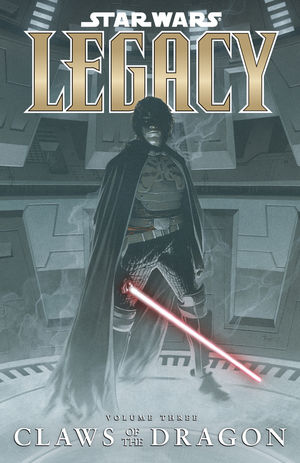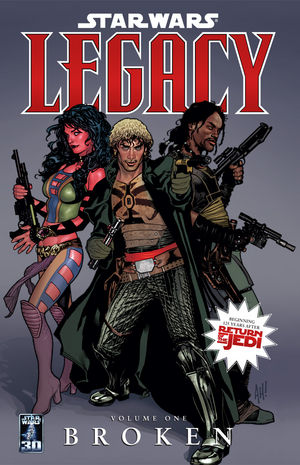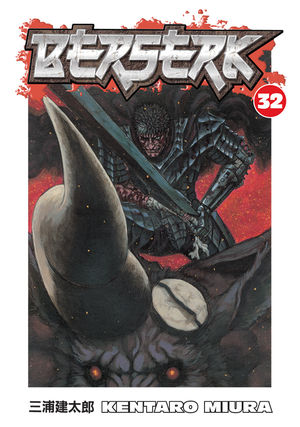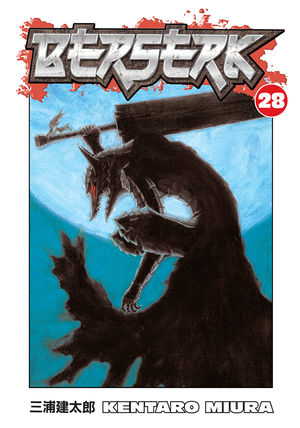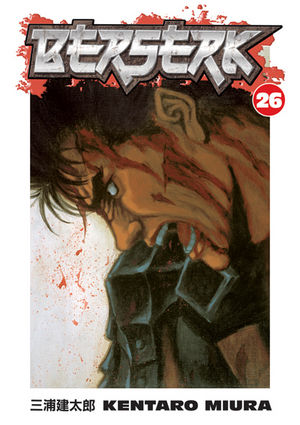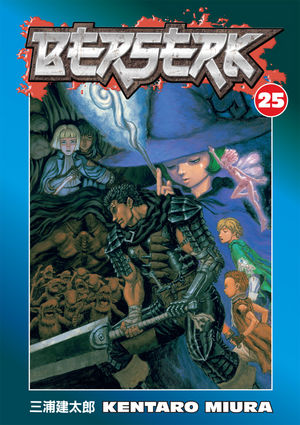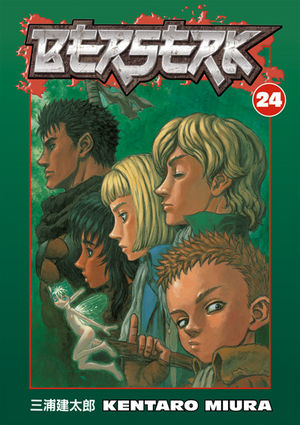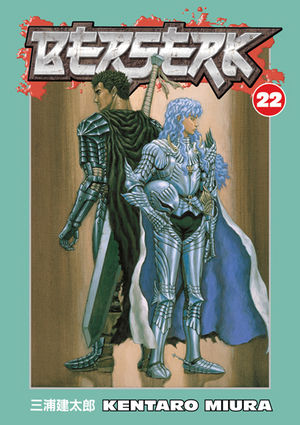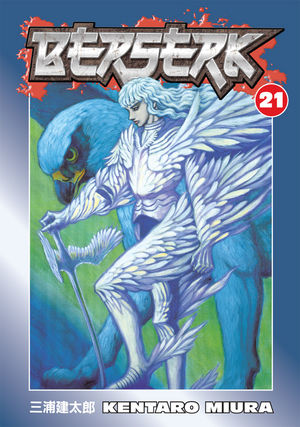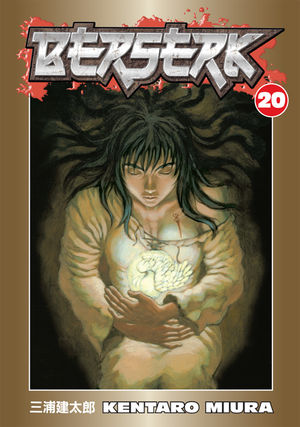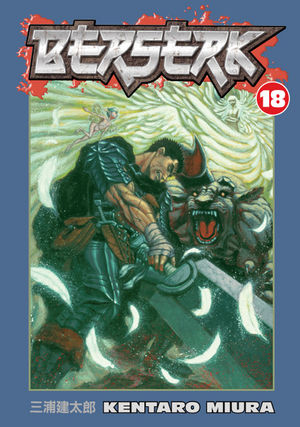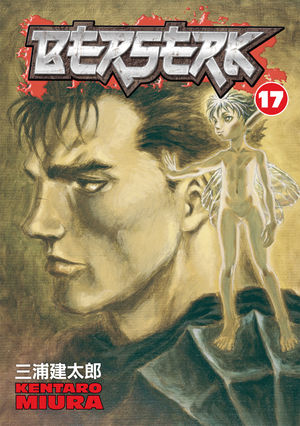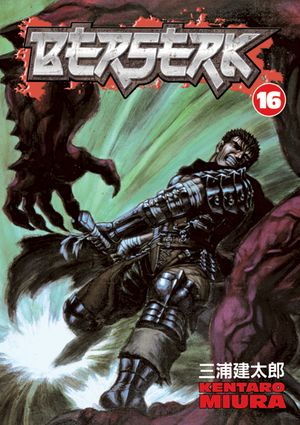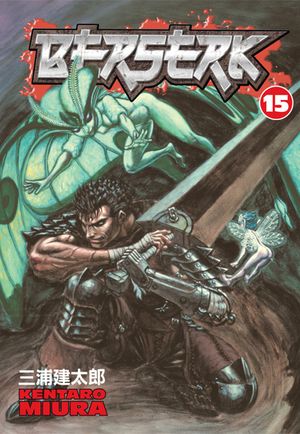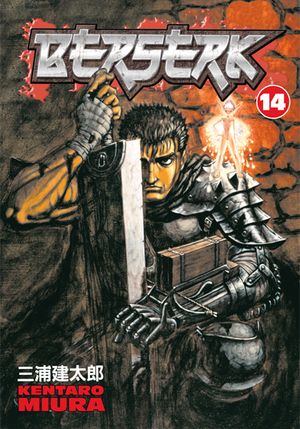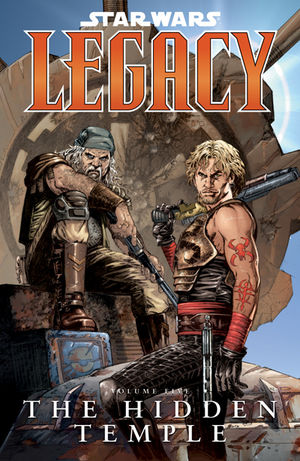
In The Hidden Temple, the crew visits Cade's uncle. Here is more backstory. Not everything Cade knows is dead.
While there, Cade is visited by Azlyn Rae, another bit of Cade's past. A fellow student who appears to be a bounty hunter but is in fact working for the empire.
So while some have allied with the old emperor that Azlyn serves, spying on old friends tends to make them... trust you less no matter how good the good times were.
This can be problematic at times when the character's backstory continues to influence the current course of the campaign. However, when running a non-standard dungeon crawl campaign, the Game Master may need to expand his own ranking of NPC's and having the characters make backstory allows the Game Master to hang more backstory onto them.
The first thing the GM should do in these cases is explain that the character's backstory is 'open' and that you'll occassionally be adding bits and pieces that mesh with the bits and pieces they've added to it already. This allows the player to have an uncle whose got all sorts of skills, but then allows you to add another contact that the character once knew and who served under the uncle giving the character a solid in to the setting.
In terms of the Hidden Temple itself, it acts as a focus for this book in many ways. First, it's a place of refuge for Cade who has a bounty on his head. Players should have some type of safehouse that allows them some downtime, even if it's not in the best and brightest of situations.
Two, it allows the GM to parade out other NPCs who may be useful in the future. There are a few more potential easter eggs in the jedi that Cade finds waiting for him.
Three, with those NPCs, it allows the GM to showcase one opinion and force the player to take his own action. In this case, Cade suggests assassinating the Sith Lord. With a bounty on his head and the Sith Lord committing genocide, he figures it's time for the jedi to do make some tough decesions.
The jedi debate it, but the outcome is never really in doubt. If you want to do the job, do it yourself.
This is one of the important elements to think of when players may want to question why someone else isn't doing something that they could do. In games like the Forgotten Realms, where there are a lot of powerful NPCs, why aren't they always out saving this or doing that? Sometimes, it may simply be that it's not their way.
That to take direct action isn't their philosophy and that it's better to move through others.
Sometimes it may be a deliberate ruse to see if the enemy will act.
Sometimes it's because to act would be a suicide mission.
Here, while the Jedi might be able to take out one Sith, they don't know who will rise to replace him and they don't have the numbers or manpower to take out all the Sith as a Jedi army. Even though many of these Jedi have shown themselves to be more powerful than the average dark force user, even though they could probably inflict some horrific damage to the enemy, to do so would be their end.
In some cases, the players don't need to know why the NPCs aren't taking care of things, all they'll know of it, is that they're not taking care of things. If the players wish to spend time pursuing why the NPC's aren't taking care of it, then that in and of itself can become an adventure.
For example, I ran a Champions campaign using the Palladium setting of Nightbane. Many of the super heroes quickly started working with the invaders. The players initially couldn't figure out why until they began to follow the American. In the campaign, the America was essentially a Superman clone. What they discovered was that the Night Lords kept the American's family under constant surviellance and that any disloyalty by the heroes would result in family member's torture and then death. This was something the players accidentally caused to happen in their own explorations.
It didn't matter to most of the players, because that group was a Wolverine love child where there were no parents or children or relatives or DNPC (Dependent Non-Player Characters) to be found on the character sheets.
That campaign took a few interesting twists and turns but it showed that sometimes even the powerful factors have their hands tied by things that have nothing to do with their own innate abilities.
Even as you give the players a safehouse to rest and recover, to debate and analyze, remember that they're not filled of the motivations and methodology of the Non-Player characters and that motivations for anyone outside of their own group may be far different than they know.

